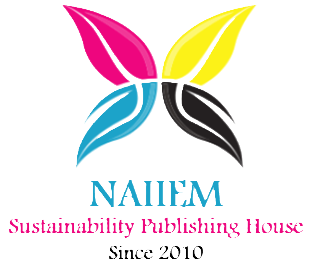Publishing valuable articles—whether academic, scientific, or general—requires adhering to high standards of credibility, clarity, originality, and impact. Here are NAIIEM’s Seven Principles for Scientific Publishing to follow:
1. Originality and Plagiarism-Free Content
✔ Articles must be original, unpublished, and plagiarism-free.
✔ Properly cite all sources, references, and data to maintain integrity.
✔ Use plagiarism detection tools like Turnitin, Grammarly, or Copyscape before submission.
2. Clear Structure and Logical Flow
✔ Follow a standard format:
- Title: Clear, concise, and relevant to the subject.
- Abstract (if applicable): A brief summary highlighting key points.
- Introduction: Context, problem statement, and objectives.
- Main Body: Well-organized sections with logical arguments.
- Conclusion: Summarizes key takeaways and future implications.
- References/Bibliography: Properly formatted citations.
✔ Use headings, bullet points, and short paragraphs for readability.
3. Credibility and Accuracy
✔ Articles should be backed by reliable sources, verified facts, and peer-reviewed research.
✔ Use accurate data, statistics, and citations from reputable sources.
✔ Avoid misleading claims, bias, or unverified information.
4. Language, Grammar, and Readability
✔ Ensure proper grammar, punctuation, and spelling.
✔ Use clear, concise, and formal language (for academic/professional articles).
✔ Avoid jargon unless necessary—explain technical terms when used.
✔ Use tools like Grammarly or Hemingway Editor to enhance clarity.
5. Relevance and Impact
✔ The article should address a current issue, knowledge gap, or research question.
✔ Offer practical insights, solutions, or contributions to the field.
✔ Ensure timeliness and relevance to the intended audience.
6. Ethical and Legal Considerations
✔ Avoid plagiarism, data fabrication, or falsification.
✔ Follow ethical guidelines for human/animal research (if applicable).
✔ Comply with copyright and intellectual property laws.
7. Formatting and Submission Guidelines
✔ Follow the journal’s or publisher’s formatting (APA, MLA, Chicago, IEEE, etc.).
✔ Include keywords, captions for images, and proper referencing.
✔ Adhere to word count limits and style requirements.


دیدگاه خود را بنویسید